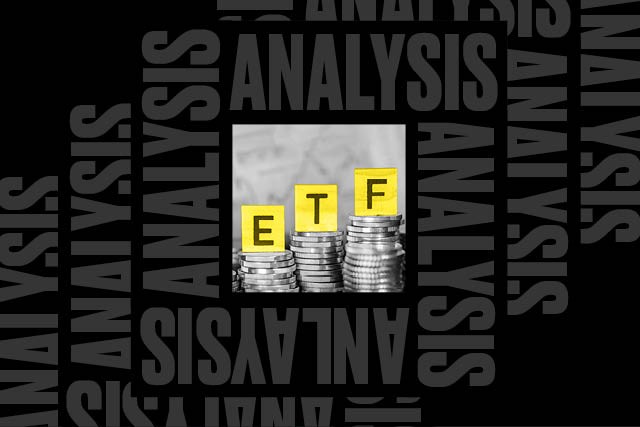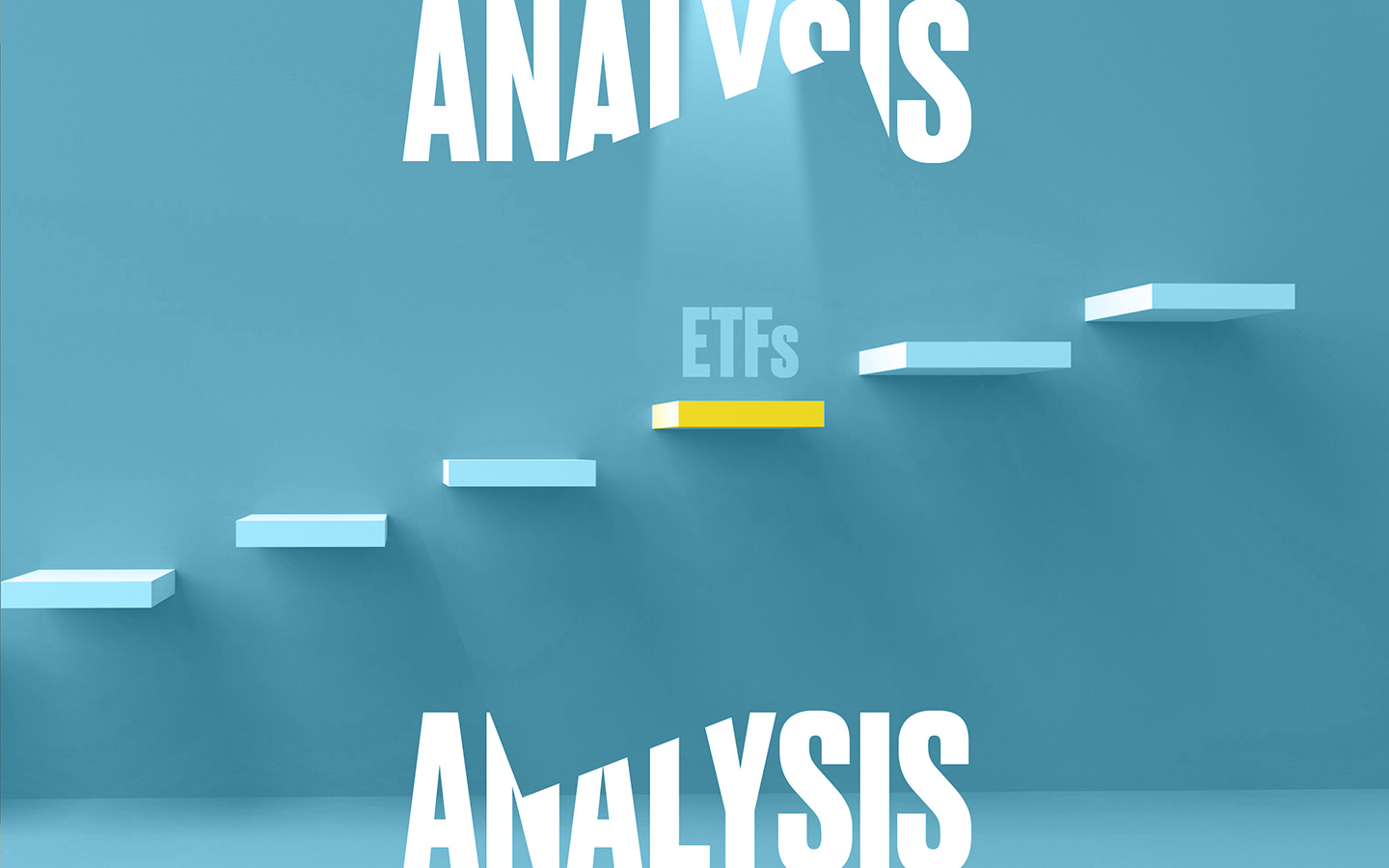The focus in Europe on longer-term investment across areas such as infrastructure, real estate and sustainability will be helped by the March 2023 publication of amendments to the European Long-Term Investment Fund (ELTIF) regulation. Subsequently, on May 23, 2023, the European Securities and Markets Authority (ESMA) issued a consultation on the overall workings of ELTIF technical standards and is expected to have all requirements completed for endorsement by the European Commission on January 10, 2024.
The ELTIF regime is a European framework for alternative investment funds (AIFs) with the principal aim of facilitating longer-term investment across real estate, infrastructure, education and social projects.
It was anticipated that when the ELTIF came into effect in 2015, it would increase investment financing into longer-term programs and contribute to the Capital Markets Union (CMU) objective to promote the flow of capital within the European Union (EU). However, this has proven not to be the case with only 57 ELTIFs with net assets of $2.4 billion in 2021.1 Amendments to the regulation represent an attempt by the EU to bolster what has been limited use of the ELTIF.
Amendments to ELTIF and what they mean
The ELTIF amendments represent an attempt to increase the adoption of ELTIF by making it more attractive to retail and professional investors, with changes across the operation and marketing of ELTIFs.
Those amendments include:
- Increasing investment opportunities by expanding the list of “eligible assets” an ELTIF can invest in to include EU AIFs.
- Reducing the threshold of investor capital that must be invested in eligible assets from 70% to 55%, allowing ELTIFs to retain liquidity.
- Simplifying the definition of “real assets” to broaden the scope of investment opportunities and removing the $10 million value threshold to be classified as such.
- Increasing current cash borrowing limits from 30% of capital to 50% of net asset value for ELTIFs marketed to retail investors and 100% for ELTIFs marketed to professional investors.
- Changing marketing requirements, such as the use of suitability assessments, greater transparency in ELTIF documentation, complaints handling processes and the removal of the requirement for local facilities in jurisdictions where ELTIFs will be marketed make the ELTIF more aligned with Undertakings for Collective Investment in Transferable securities (UCITS) and Alternative Investment Fund Management Directives (AIFMD) marketed to retail investors.
- Removing the €10,000 initial investment requirement and the 10% investment restriction from retail investors with a portfolio value of less than €500,000.
- Allowing for redemptions during the life of an ELTIF by specifying minimum holding periods and redemption policies which will create the conditions to permit a secondary market in ELTIFs. Existing investors will be able to redeem their position by matching against a potential new investor to an ELTIF and for potential investors to invest in an ELTIF.
ELTIF amendments: reviving Europe’s long-term investment focus
A requirement of the amended ELTIF regulation is for ESMA to draft regulatory technical standards laying out how the new requirements of the amended regulation will work.
The consultation paper2 covers areas such as ELTIF redemption policies, considerations to ensure compatibility between the life of an ELTIF and its underlying investments and processes for a secondary market in matching transfer requests from existing investors with potential investors, including role of the manager or fund administrator in conducting such requests and cost disclosures.
The ELTIF should not be confused with the long-term asset fund (LTAF), which is essentially the UK equivalent of the ELTIF. The LTAF in many ways is similar to ELTIF, but is a Financial Conduct Authority (FCA) authorized regime for UK investors across the retail and institutional client base.
The ELTIF is a voluntary regime so one could argue its lack of uptake has not thwarted investment in longer-term investment projects. Managers could just as readily use an AIF to pursue similar strategies. However, the limitations on borrowings, thresholds on eligible assets and lack of attractiveness to retail investors has had an impact. Through reconfiguring and tapping into the larger asset pool one would expect an increase in investor capital allocated to ELTIF and their investment opportunities, but time will tell.




